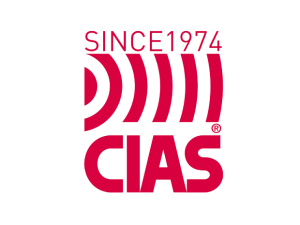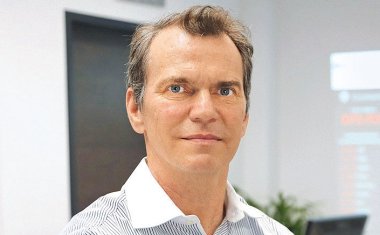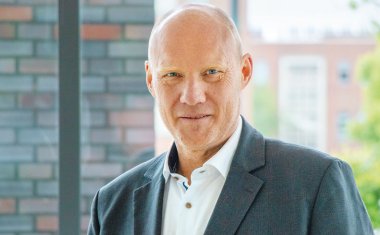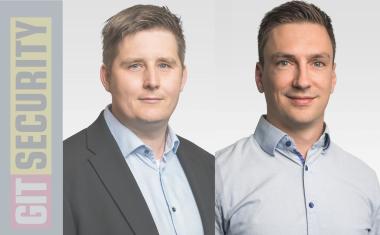Cias: Securing Italian Private Television Broadcasters
A security system for a complex and highly articulated perimeter

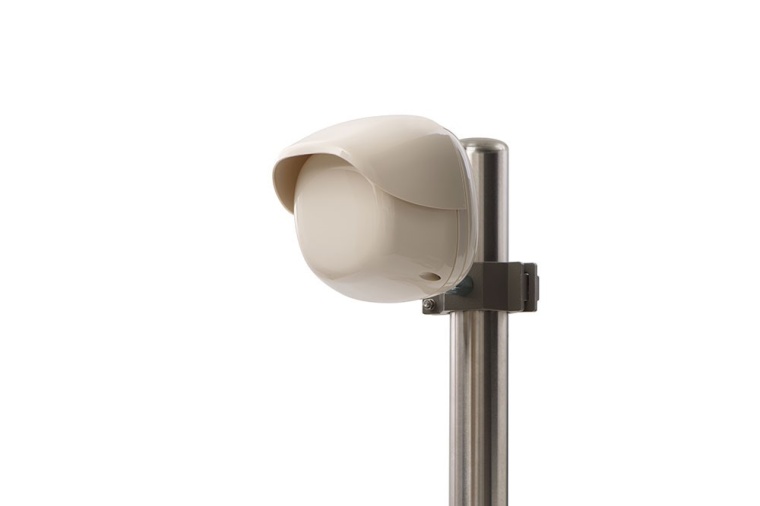
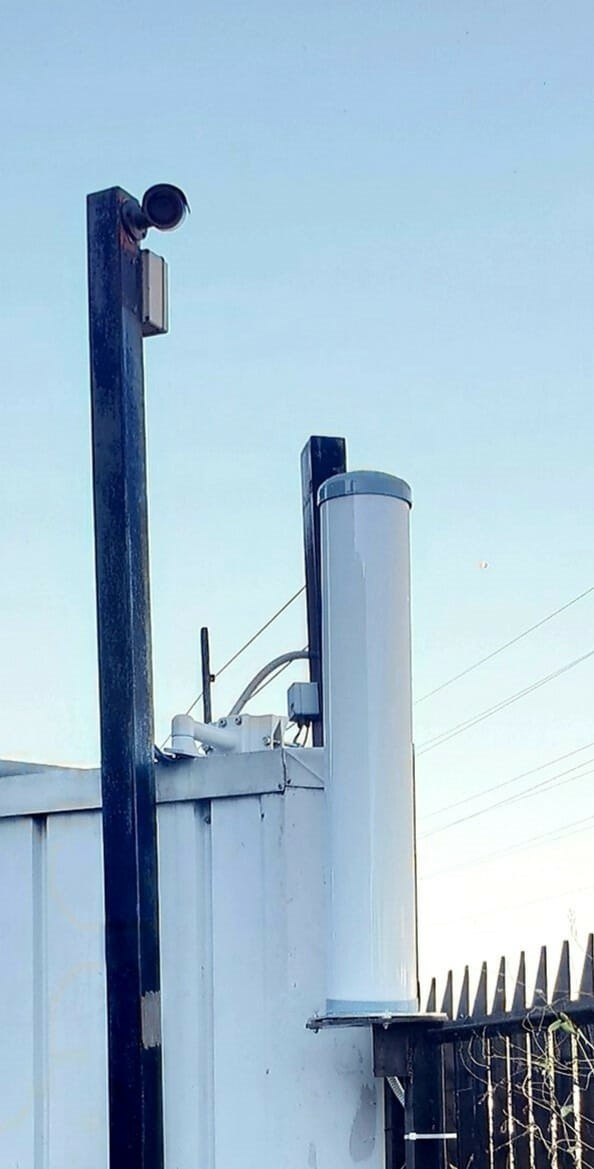
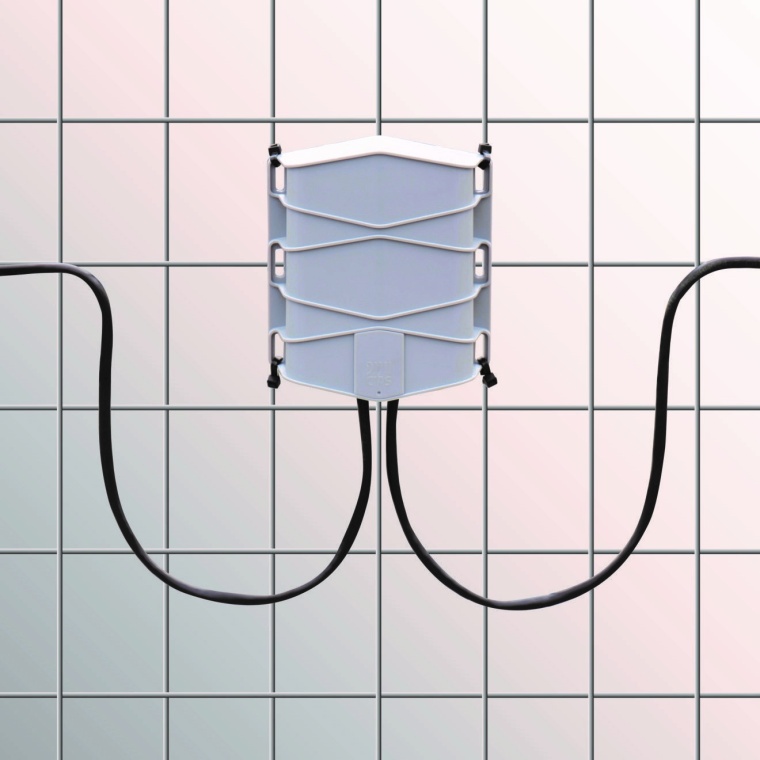
Cias and the Italian company G&G Electric S.r.l. have secured the production site of a major Italian television station: a complex and highly articulated perimeter, over 2km long, which includes recording studios, warehouses and offices.
The Security Manager of the structure made it a condition that the system must implement the most advanced technologies and guarantee maximum site security.
The Solution
The security project required the integration, and in some cases the replacement due to inadequacy or obsolescence, of the anti-intrusion systems already on site, to ensure active security on walls, fences and driveways.
The main challenge was being able to adapt the bi-static microwave - a technology that offers maximum stability and reliability - in very narrow areas rich in vegetation, and therefore impossible to protect without compromise with any traditional barrier models.
The ideal solution was identified in the Micro-Ray barrier, which offers the revolutionary solution of microwave rays with a diameter of 40cm, perfectly efficient in a free corridor of only 1m, with 100m of effective range.
Installation was extremely easy, also thanks to default pre-settings for each beam (depending on their position within the column), which allow the best response to site threats by detecting the most typical forms of intrusion - such as jumping, slow or fast running and sliding - as well as facilitating the process of aligning the columns.
Test Phase
The first test phase lasted 6 months, on a segment that put the barrier under maximum stress with regard to adverse climatic conditions (such as storms and strong fog). Thanks to the microwave technology, Micro-Ray guarantees total immunity to atmospheric threats without even the need for heaters, with the “collateral” advantage of significantly reduced consumption, compared to an IR technology that would easily incur into disqualification and would require constant maintenance.
The section of the fence part of the test was in fact already protected by different technologies such as infrared, and in order to increase its security 1 pair of 1m high Micro-Ray columns were placed on the top of the pre-existing rigid fence, equipped with 2 kit of microwave rays inside with the anti-climb feature.
Once the test was successfully accomplished, the operational phase of inspection of the entire perimeter followed, with the evaluation of all the slope and direction fields. That led to the proposal to increase the protection level of a further part of the perimeter, adding Sioux Mems Pro2 sensor fence system, and with Murena Plus radar, a monostatic microwave sensor capable of retrieving crucial information such as size, speed, distance and direction of the intruder.
Technology
As a winner of GIT SECURITY AWARD 2021 in the perimeter protection category, Micro-Ray was born from the Cias Research&Development labs, a true game changer in the #PIDS highly competitive industry.
Unique in its kind for technology, Micro-Ray guarantees compliance with grade 4 for EN50131 with a certified number of false alarms: less than 2 every year.
most read

Light + Intelligent Building Middle East 2026
Light + Intelligent Building Middle East returns with record global participation

Ping Identity Strengthens Defense Against AI-Driven Impersonation with Privacy-Preserving Biometrics
Ping Signs agreement to acquire Keyless, expanding privacy-first authentication across the entire user journey

Hochiki Fire Detection System Secures Villa San Carlo Hotel
Wireless and hardwired fire alarm systems can be specified in hotel projects that demand architectural sensitivity
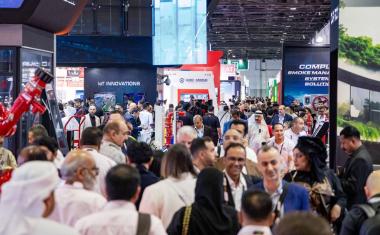
Intersec Dubai 2026
Intersec 2026 expands to meet record demand and align with UAE’s vision for a safer future

Hochiki Middle East Brings Over 100 Years of Fire Safety Expertise to Intersec Saudi Arabia 2025
Hochiki Middle East exhibits at Intersec Saudi Arabia 2025

